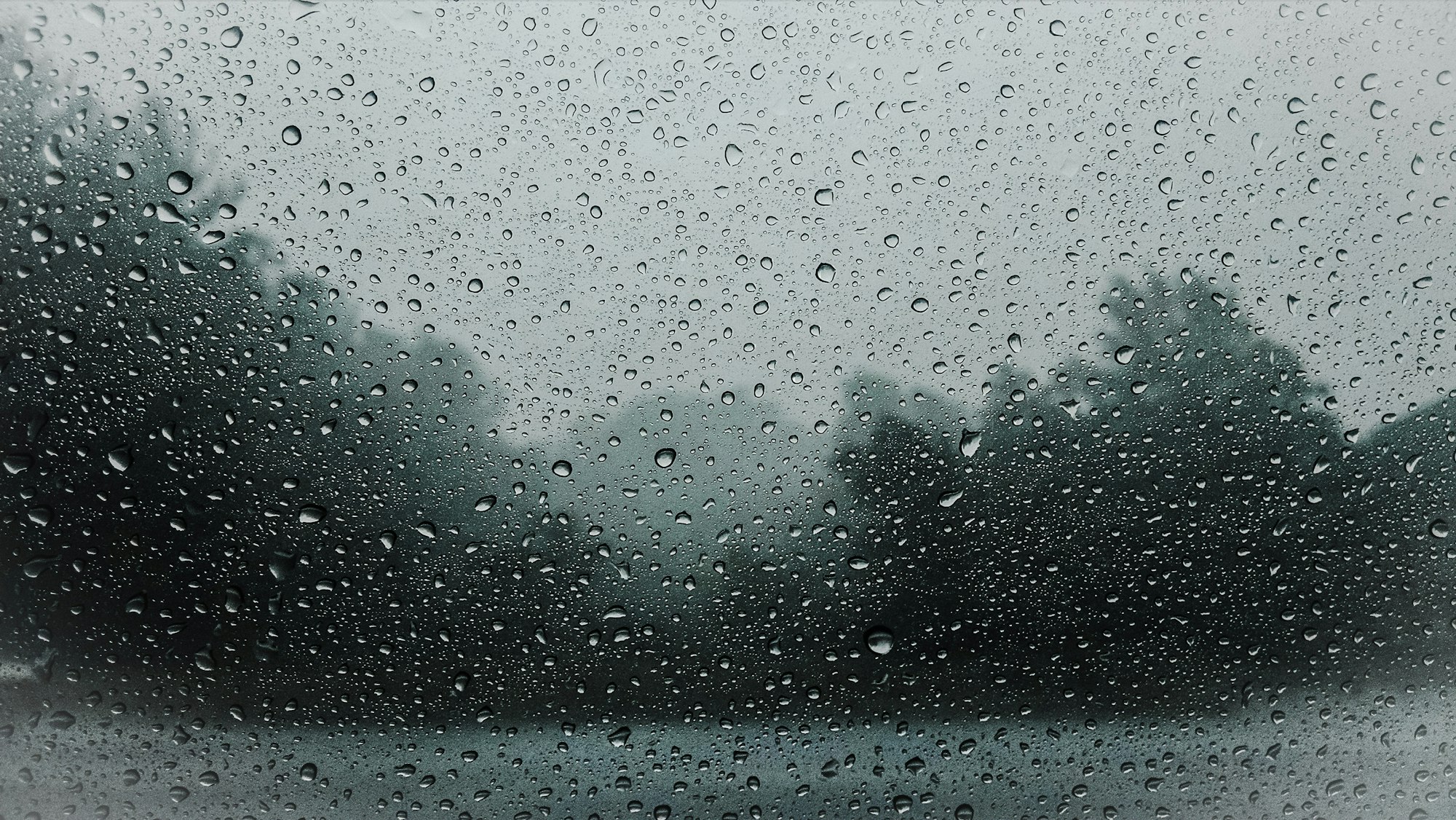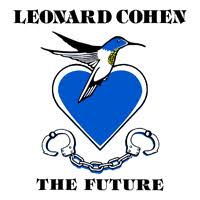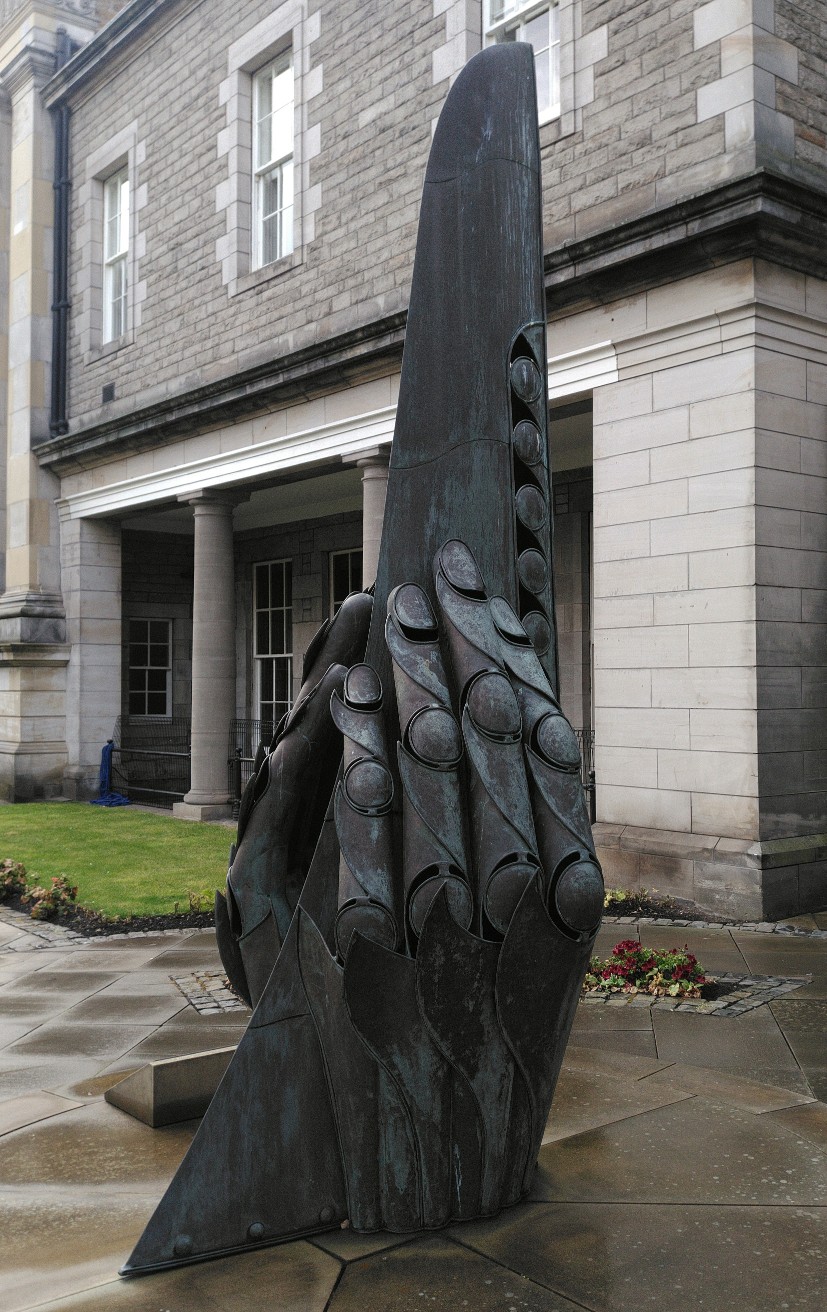We were wondering ...

when we'd see real Scottish weather. It rained steadily through the night and was raining, albeit quite lightly, when we got up. A few house-keeping tasks this morning that necessitate several trips in the rain. Emptying and cleaning the loo but even worse, the loo blue chemical bottle has leaked slightly into its containing plastic bag, which in turn has sprung a leak and leaked into its outer containing plastic bag. Only small leaks but the bottle and both bags are coated with loo blue. Now this stuff goes down as one of the worst chemicals known to man (OK, a little hyperbole, Sarin and Zyklon B are worse perhaps, but the stuff is still ruddy evil). Touch it and you immediately take on the appearance of a Smurf, even worse you now are gifted with the Midas touch to turn anything into a delicate shade of blue. Several trips in the now steady rain are required before the loo is empty and clean and the loo blue is expunged from its bottle's externals and in a new clean containing bag, and hands are bright red (from repeated scrubbing) as opposed to bright blue.
The rain has eased so into town. The 30 minute bus ride is most notable for us be able to watch the intensity of the rain increase. We alight to heavy rain. It's a nearly 1/2 mile walk to our first destination and we are unsure of the route. Dampened and in poor spirit we find our route does take us directly to our destination Mary King's Close, the site of the underground Edinburgh tours but unfortunately, as so often in Edinburgh,we are vertically below the site and need to climb a long flight of steps in the pouring rain. Mood has been better! As expected no tour vacancies this afternoon but tomorrow will be fine. Booked!
A tip. Don't go to Edinburgh's Surgeons Hall museum at 2:30 in the afternoon. It's not that anything happens at that time, it's just that the museum shuts at 5 and you won't have enough time. Lots to see. One room dedicated just to the heart, how it works, problems, history of heart surgery, surgeons tools for heart operations etc. Even a depiction of the heart in popular media with a Leonard Cohen CD

The hall on this level has the history of medicine, famous Edinburgh surgeons, including Dr Joseph Bell, Conan Doyle's inspiration for Sherlock Holmes and a very interesting audio visual of a set of 18th century anatomists human dissection lectures. Of course resurrectionists, including Burke and Hare feature, but for us it is the birth and evolution of anaesthesia and sterilisation that are the more interesting.
The next two halls are a little more macabre to the non-medical amongst us. The walls are lined with preserved medical specimens. Many are difficult to recognise the problem because, the uneducated like wot I is, don't have a mental image of what a non-problem specimen would look like. The first of the two rooms the specimens are arranged by type: cardiac, pulmonary, opthalmology etc and typical examples of problems are explained with a specific sample demonstrating the condition. Many of the diseases also come with an indication of commonality in 21st century Britain and root cause, where known. In cases where there is no direct root cause then major factors are listed. Tobacco smoking is always the #1 factor in pretty much every disease. Sadly alcohol often seems to be #2.
So Liz and I have seen examples of most cancers, eyewatering fractures, the effects of heart attacks, strokes, syphilis (in the increase in the last few decades, apparently) and leprosy etc. as well as a cornucopia of genetic defects. Macabre but fascinating reading and then identifying the damage done by the disease.
The second room is all about the history of specimen preservation, female surgeons and the history of war and conflict generated trauma. Again illustrated with samples.
We had to rush to make the 5pm closing bell. We had been totally absorbed for two and a half hours.
There is no photography in the museum. Apparently not for any copyright issues but as a mark of respect to all the dead (or bits of them) on display. So here's a picture of the statue at the entrance:
